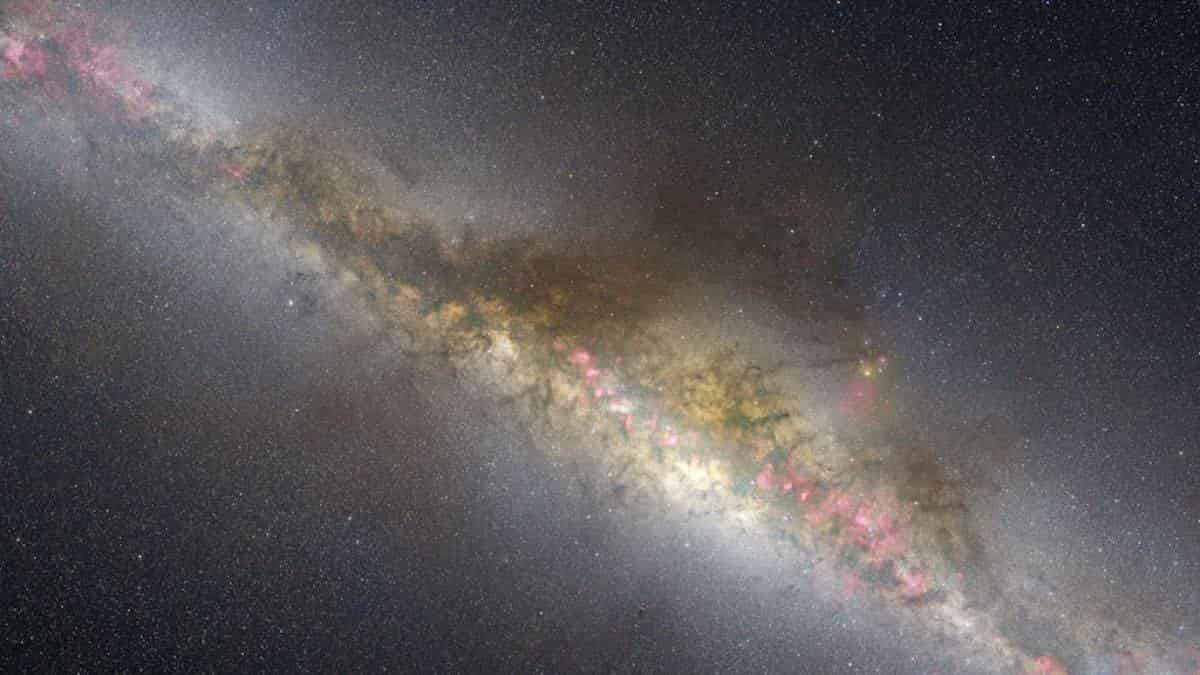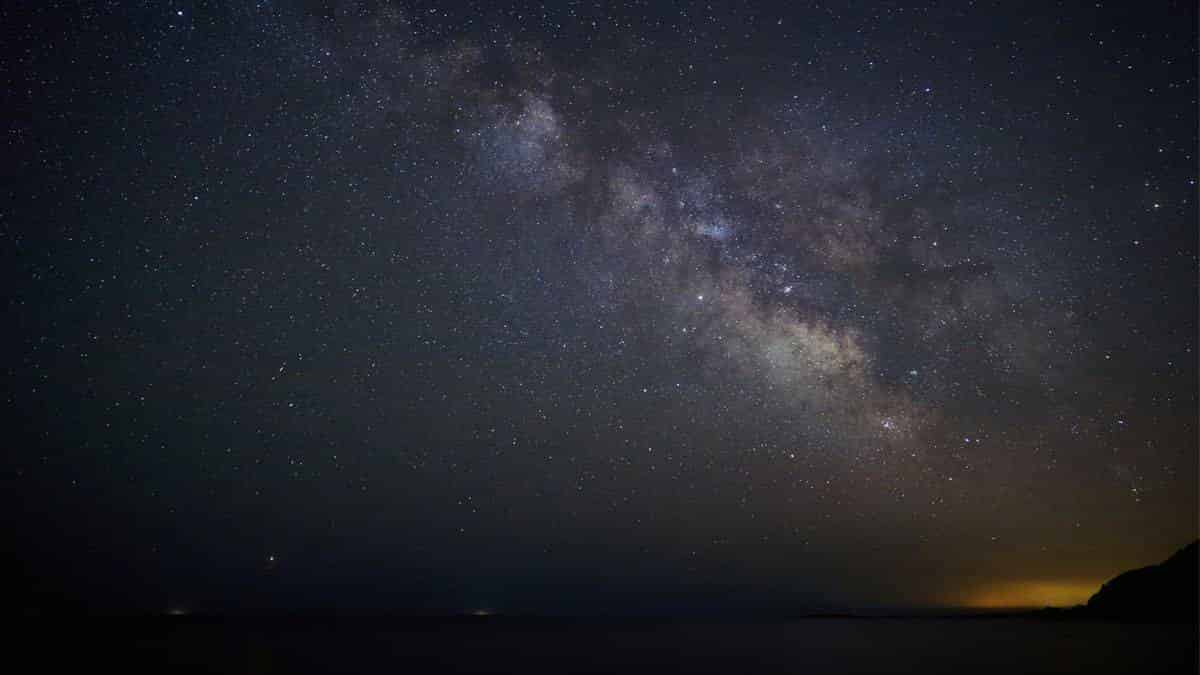How many stars do we have in our milky way galaxy?

Have you ever thought about how many stars can be there in the universe while gazing up at the night sky? This idea has fascinated intellectuals, artists, philosophers, as well as dreamers over time.
On a clear night, away from the glare of city lights, you can see a few thousand distinct stars. Even a small amateur telescope will allow you to see millions more stars.
In the Universe, how many stars are out there? It is simple to raise this question, yet it is challenging for scientists to provide an accurate response!

A galaxy is a gigantic collection of stars that are not distributed over space at random. The Milky Way galaxy is the home of the Sun. About 100,000,000,000 stars are thought to be present in the Milky Way alone, as per astronomers.
It has been suggested that attempting to calculate the number of stars in the universe is similar to calculating the grains of sand on a beach. We could determine the average depth of the sand layer and the beach’s surface area to perform that.
By multiplying the number of grains in a little, representative sample of sand, we may determine how many there are throughout the entire beach.
The galaxies serve as our miniature models of the universe; there are approximately 10^11–10^12 stars in our Galaxy, and there may be 10^11–10^12 galaxies overall.
This simple computation yields an estimate of 10^22–10^24 stars in the universe. This is simply a rough estimate because, as is clear, not all galaxies are alike, just as various parts of a beach won’t have the same sand depth.
Instead of counting stars one by one, we measure integrated quantities such as the quantity and luminosity of galaxies. With the first-ever attempt at “counting” galaxies in the infrared and estimating their luminosity in this range, ESA’s infrared satellite observatory Herschel has made a significant contribution.
Calculations can become more accurate by being aware of how quickly stars originate. Herschel has also plotted the rate at which stars have formed over the course of cosmic history. You can determine how many stars are present in the universe now by estimating the pace at which stars have produced.
An photograph from the Hubble Space Telescope (HST) in 1995 revealed that star production peaked around 7,000,000,000 years ago. But now, astronomers have changed their minds.
There is now some proof that most of the early star formation was obscured by dense dust clouds. The Hubble Deep Field image was obtained at optical wavelengths. The HST cannot see the stars because dust clouds obscure them and transform their light into infrared radiation. However, Herschel was able to see into this hitherto unobserved Universe at infrared wavelengths, revealing a vast number of previously unseen stars.
Gaia, which will examine one billion stars in the Milky Way, will debut soon. It will expand on the accomplishments of the Hipparchus mission, which accurately determined the locations of more than 100,000 stars with high precision and more than 1,000,000 stars with less accuracy.
Over the course of 5 years, Gaia will check in on each of its one billion target stars 70 times, meticulously noting their positions, distances, motions, and brightness variations. When used together, these measurements will create a previously unimaginable picture of the composition and development of our galaxy.
We are one step closer to answering the frequently posed question, “How many stars are there in the Universe?” as a result of missions like this.

